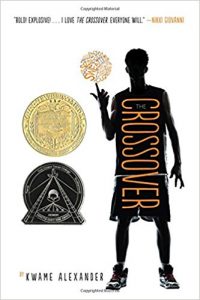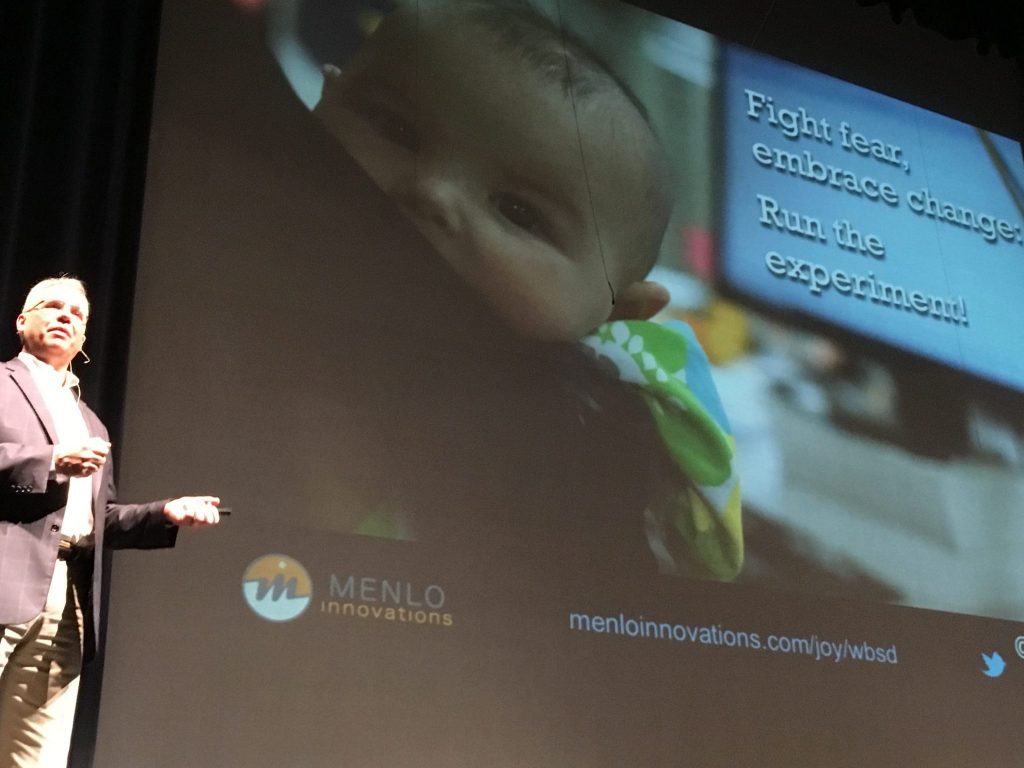
Ironically, I often find that by the time Reading Month rolls around in my classroom, the kids who most need to engage more deeply (and more often) with good books are the ones starting to burn out. I’ve got a pretty good independent reading game going on in my classroom–tons of graphic novels, crazy variety (thanks to room sharing with fellow blogger Hattie Maguire), a wonderful librarian (also a blogger!) who book talks whenever we’re looking for some new titles, and lots and lots of encouragement.
Yet I can always sense the slow death of reading growth in some of my students this time of year. Their resolve and eagerness are withering and turning to dust just as the first buds are pushing up through the thawing earth.
It’s a bummer.
Lit Circles without Required Texts
This burnout is why I gave up a whole-class text this unit, and replaced it with some unusual lit circles. Last year, we blew things wide open and made the lit circles for the unit completely free choice, as long as everyone in the group got hold of the same book. It worked nicely, but it felt like a disconnected activity while we were otherwise neck-deep in a very challenging narrative-journalism unit.
So this year I decided to point the kids at the genre we were focused on, but completely abandon the notion of common titles. Even within a lit circle.
In the past, John Krakauer’s excellent Into the Wild was our central mentor text for the unit. While it certainly spoke to some of our students, it definitely left others out in the cold (with apologies to Chris McCandless).
So this time, aside from the requirement to stick to the genre, the options were wide open: Other Krakauer titles (he’s truly an excellent writer), Freakanomics, Picking Cotton, explorations of unsolved crimes. The list went on and on.
And yes, in many of my groups there were students reading several different titles while still conversing together.
Freedom Opens Up Rich Discussions
Was this crazy?
Maybe. But . . . it kinda worked. The conversations between students reading the same title were definitely more detail-oriented. But with a bit of guidance, it turns out my kids were fairly good at (and interested in) having more meta-level conversations about the genre itself.
What is there in common between a book about a false imprisonment, and another about pop culture? Not much content-wise, but tons when it comes to narrative-journalism structure.
The kids spent their lit circle time talking about structural elements of the text: the way one book interposed a lot of primary sources in exploring its subject matter, while another seemed almost entirely subjective in its take on the subject matter (Ben Mezrich of Bringing Down the House fame is known for that almost-novelistic style).
Some of the conversations were clumsier: Did your author use levity? Mine didn’t. And: Did you find a lot of anecdotes? Because that’s all my author seems to use. And so on.
But the conversations could be rich. They compared whether setting mattered to their book. They compared how much bias there was in the authors’ characterizations of real humans. Sometimes they just compared favorite parts or frustrations. It was lovely.
Students Were Reading
They were all reading–at their own paces, but all of them arriving to their meetings having advanced through their chosen book and ready to share.
There’s definitely no perfect solution to the problem of reader burnout this time of year. Part of it is about school burnout more than any animosity toward reading itself.
When the unit and time allow, though, you can certainly inspire your page turners to stick it out for a few more chapters, using the power of student choice.
 Michael Ziegler (@ZigThinks) is a Content Area Leader and teacher at Novi High School. This is his 15th year in the classroom. He teaches 11th Grade English and IB Theory of Knowledge. He also coaches JV Girls Soccer and has spent time as a Creative Writing Club sponsor, Poetry Slam team coach, AdvancEd Chair, and Boys JV Soccer Coach. He did his undergraduate work at the University of Michigan, majoring in English, and earned his Masters in Administration from Michigan State University.
Michael Ziegler (@ZigThinks) is a Content Area Leader and teacher at Novi High School. This is his 15th year in the classroom. He teaches 11th Grade English and IB Theory of Knowledge. He also coaches JV Girls Soccer and has spent time as a Creative Writing Club sponsor, Poetry Slam team coach, AdvancEd Chair, and Boys JV Soccer Coach. He did his undergraduate work at the University of Michigan, majoring in English, and earned his Masters in Administration from Michigan State University.

 These are some of the comments I’ve heard over the years from boy readers. But, for every boy who makes remarks like these, there is a book that will save reading.
These are some of the comments I’ve heard over the years from boy readers. But, for every boy who makes remarks like these, there is a book that will save reading. 

 Lauren Nizol (
Lauren Nizol (
 Beth Rogers (
Beth Rogers (

 Jianna Taylor (
Jianna Taylor (

 Megan Kortlandt
Megan Kortlandt
 Hattie Maguire (
Hattie Maguire (

 Rick Kreinbring (
Rick Kreinbring (